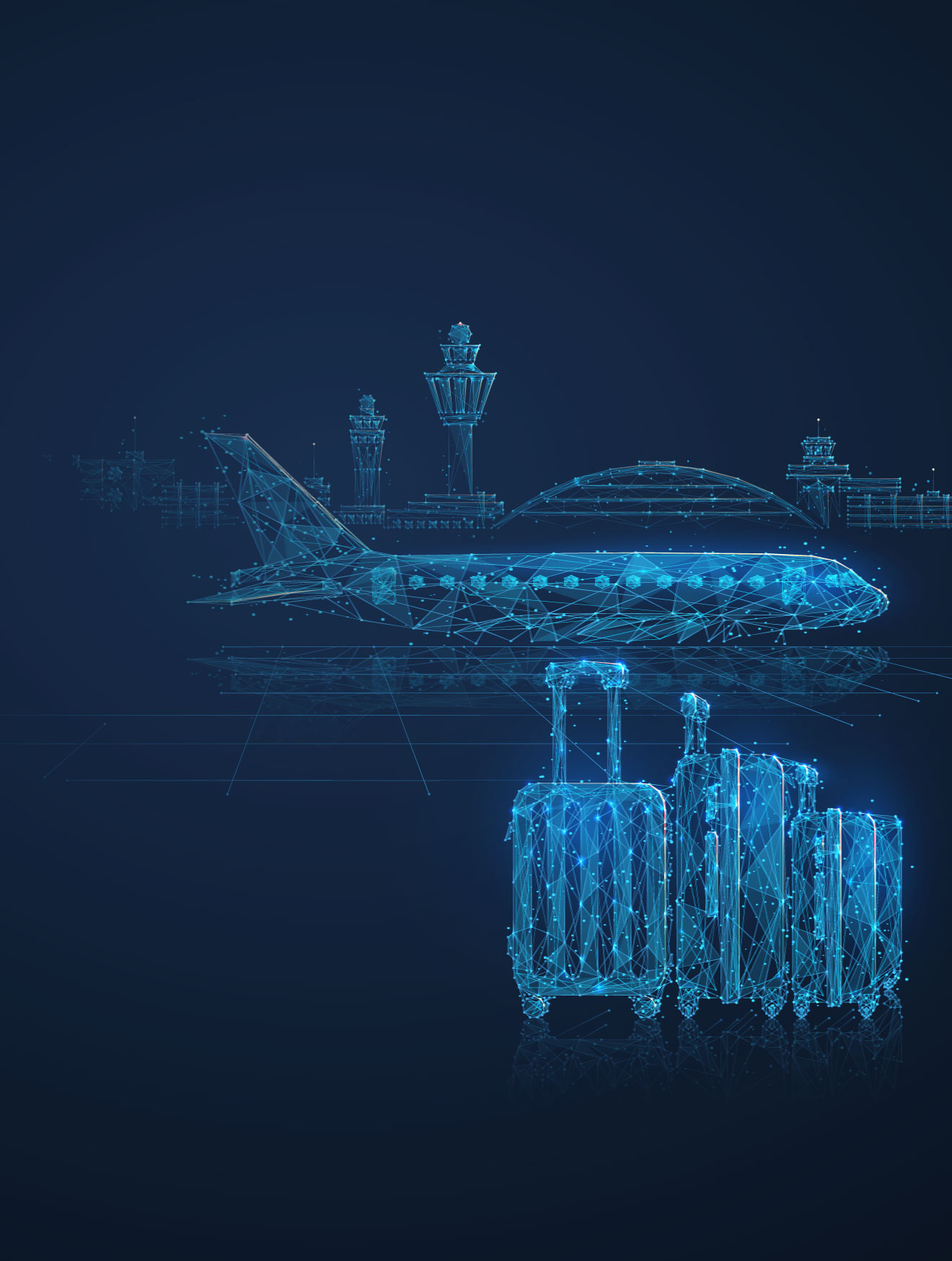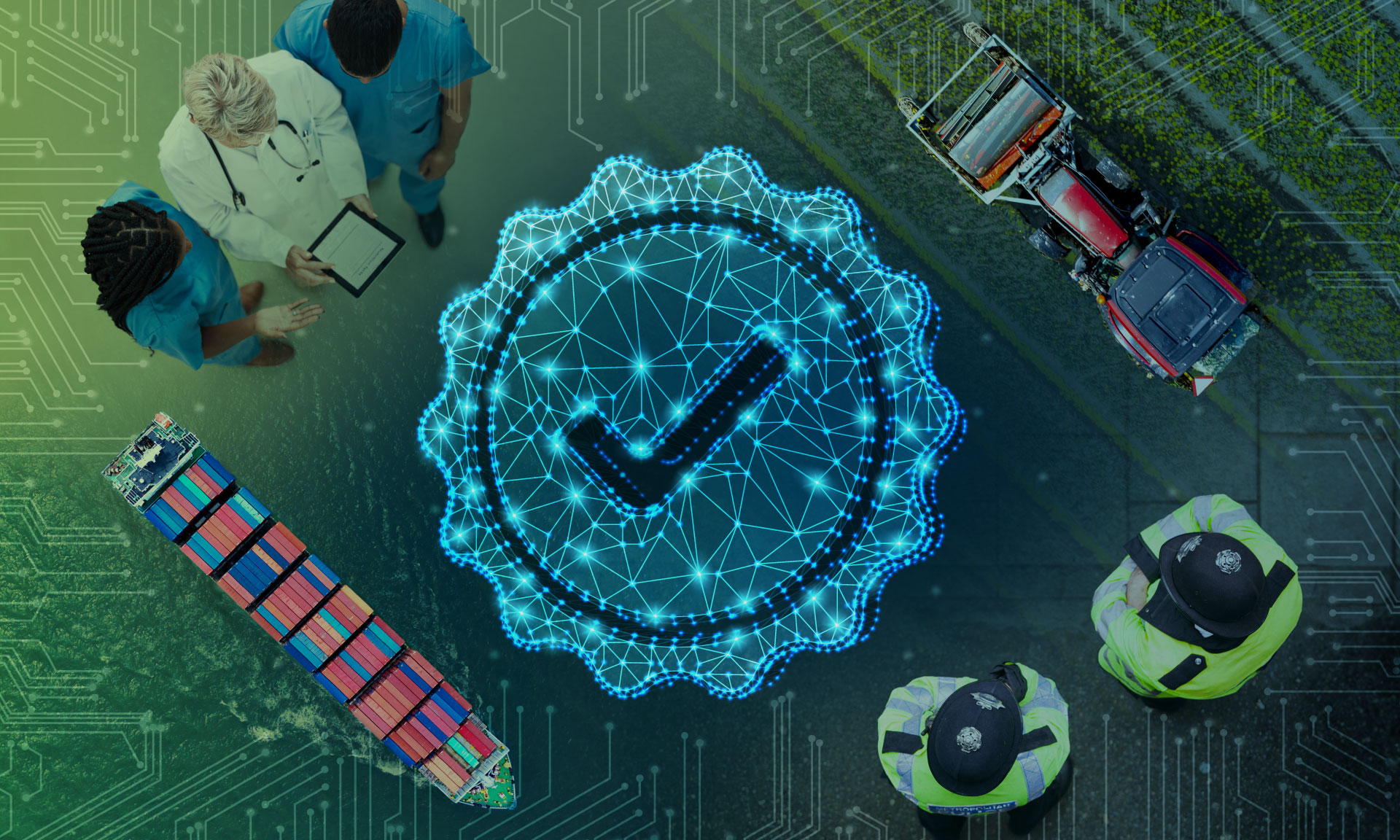Airports are no longer just gateways for aircraft and passengers. They are dynamic, interconnected systems operating under immense complexity and pressure. From runway safety to baggage handling, every component must work seamlessly, around the clock, and often under unpredictable conditions. At the heart of this transformation lies a growing opportunity, and responsibility, for airports to evolve into intelligent, predictive environments.
As digital transformation experts in the transport sector, we see first-hand the importance of reshaping airport operations with intelligence, automation, and foresight, but also with caution and clarity.
Automating with Care: Navigating Risk in Safety-Critical Operations
Across the aviation sector, there is growing enthusiasm for automation, driven by its potential to boost efficiency, reduce operational risk, and unlock scalable intelligence. However, when it comes to business-critical and safety-critical operations, this enthusiasm must be tempered with strategic consideration. Automation is not a blanket solution, it must be applied thoughtfully, with a clear understanding of its limits and implications.
In an arena where the appetite for risk is understandably extremely low, the deployment of automation demands a rigorous approach. It’s not just about replacing manual tasks but determining where automation genuinely adds value and where human oversight remains essential. For example, automating aircraft turnaround logistics or runway inspections must be approached with a mature understanding of risk. This involves a sliding scale of human involvement, from human-in-the-loop to human-out-of-the-loop systems, each presenting different challenges in terms of situational awareness, attention, and cognitive load.
Decisions around automation placement must be made with consideration for the consequences of failure, guided by principles from systems engineering, safety engineering, and reliability engineering. Human factors analysis plays a pivotal role here, helping to assess how automation affects human performance and safety. Importantly, where humans remain in supervisory roles, it’s critical to ensure that they are neither underloaded nor overwhelmed. If you’re asking a human to supervise an automation, they need the right conditions – too much information and they become “snow blind,” and they disengage. Both scenarios can compromise safety and undermine the benefits automation is intended to deliver.
Ultimately, the challenge is not merely technological but organisational. Airports must strike the right balance, by identifying which processes can be responsibly automated, and designing robust fail-safes that ensure safety and resilience are never compromised.
From Infrastructure to Intelligence: Engineering Smarter Airfields
Airfield assets, from runway lighting to ground radar systems, are traditionally seen as infrastructure. In next-generation airports, however, they are becoming active sources of intelligence. Thanks to advances in sensors, telemetry, and edge computing, detailed data on how airfield assets perform in real-time can now be collected.
This level of intelligence allows airports to move beyond reactive maintenance towards performance-driven operations. Runway wear, aircraft taxi patterns, lighting, energy usage, all can be monitored and optimised. The true value, however, comes when these isolated data sets are brought together to inform operational decisions at a systemic level, designing and implementing data models that move beyond visibility, which can help airports predict and optimise performance, unlocking cost savings, resilience, and improved safety.
These assets produce a rich “data exhaust” that, when properly harnessed, drives productivity, throughput, and efficiency. Realising this vision requires a multidisciplinary approach, combining civil engineering, industrial control, IT infrastructure, and software development. It’s a cultural challenge as much as a technical one, and without collaboration across domains, the system won’t succeed. Data science is the glue that can bring it all together.
Predicting the Peaks: Real-Time Insight into Passenger Flow and Access
In modern airport environments, situational awareness is no longer about understanding what’s happening now, it’s about knowing what’s about to happen. This requires a leap from traditional monitoring to predictive modelling, powered by AI.
By integrating datasets such as flight schedules, aircraft telemetry, weather forecasts, and ground staff availability, a real-time digital twin of airport operations can be built. But it goes further, AI models can forecast passenger surges, gate conflicts, and baggage system loads before they occur. Clones of the digital twin can also be used to perform scenario modelling, simulate safety-critical incidents, and test responses, allowing teams to prepare for events before they happen. For operations teams, this foresight translates to smarter decisions: reallocating resources in real time, adjusting security gate and border control assignments, or proactively communicating with ground crews. This is not just efficiency, it’s strategic agility.
As an example, passenger journeys begin long before they reach the terminal. From car parks and drop-off points to rail and bus connections, the first mile of the airport experience is just as critical as the last. And in the age of real-time intelligence, airports can no longer afford to treat landside activity as separate from airside operations.
By leveraging live data from a wide range of sources, including ANPR systems in car parks, ticketing and gate data from public and airport-owned transport operators, ride-share platform APIs, and real-time traffic sensors, airports can begin to predict and respond to surges in footfall and vehicle traffic before they materialise. For instance:
- A spike in inbound train bookings or station arrivals can trigger early deployment of customer service teams or security staff at terminal entrances.
- License plate recognition and live car park occupancy data can be analysed to predict capacity thresholds and direct incoming vehicles dynamically to available zones.
- Real-time congestion data from road networks can help update expected passenger arrival times, impacting downstream operations such as check-in and baggage handling.
In the UK, where over 43% of airport passengers travel to the airport by private car (CAA Passenger Survey, 2023), the ability to predict car park demand during peak holiday seasons or flight delays isn’t just operationally useful, it’s revenue critical.
For airports, this means shifting from fixed plans to adaptive access management. The goal isn’t just to react to what’s happening, but to anticipate it, and to use that foresight to create smoother, safer, and more profitable passenger journeys.
From Responsive to Predictive
The next generation airport isn’t just more digital. It’s more intelligent, more resilient, and more predictive.
Delivering this level of transformation isn’t just about technology. It’s about orchestrating change and building new capability in a complex, safety-conscious, highly regulated environment.
From engineering airfield assets for insight, to using AI and real-time data to anticipate disruptions and improve the passenger experience, airports are poised to transform how they operate at every level.
But to get there, they need more than technology. They need partners who understand the terrain, and who can translate complex innovation into actionable results. We’re excited to be part of that journey.

Talk to Us
Get in touch for more information on how we can help you accelerate and de-risk your digital business change.












